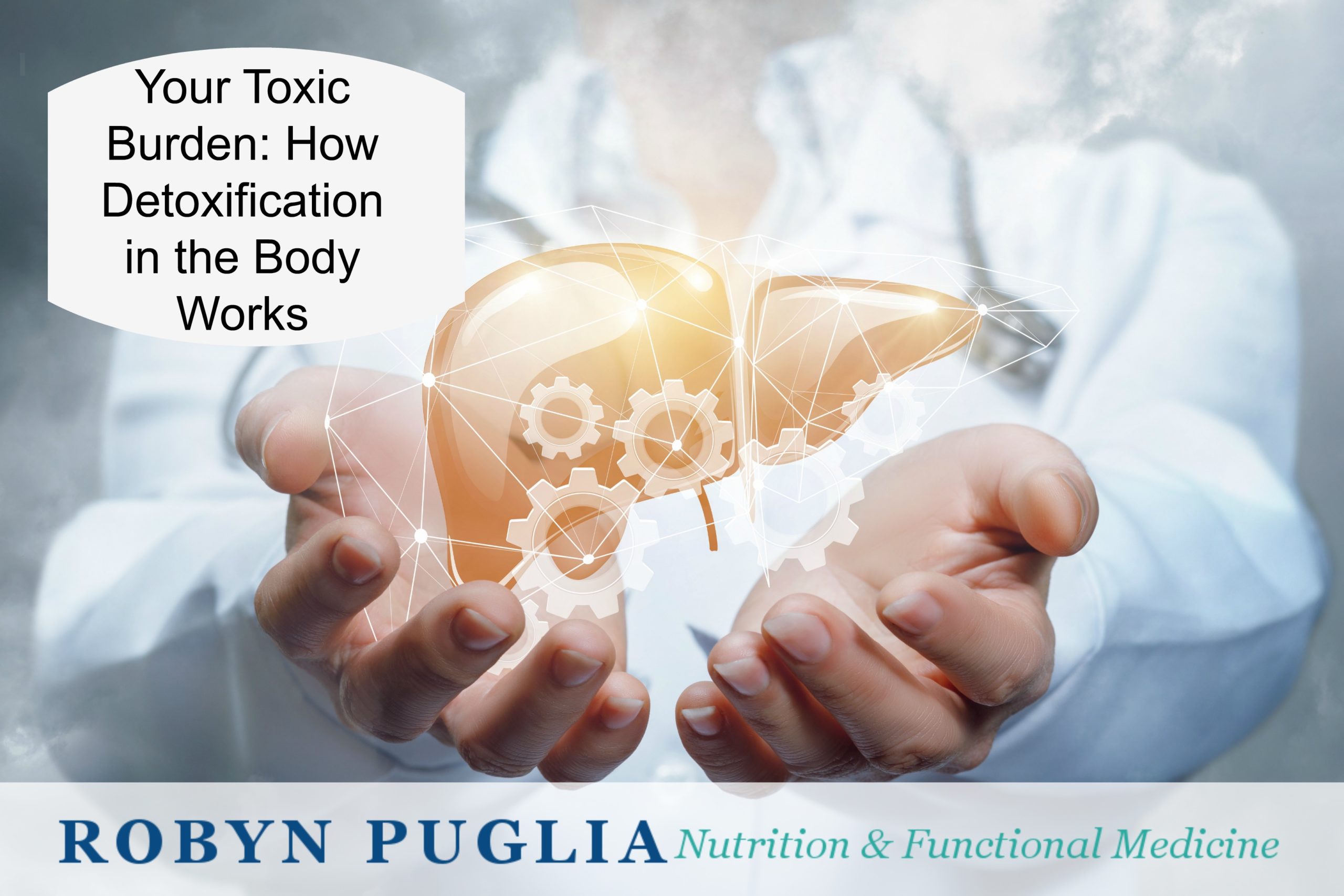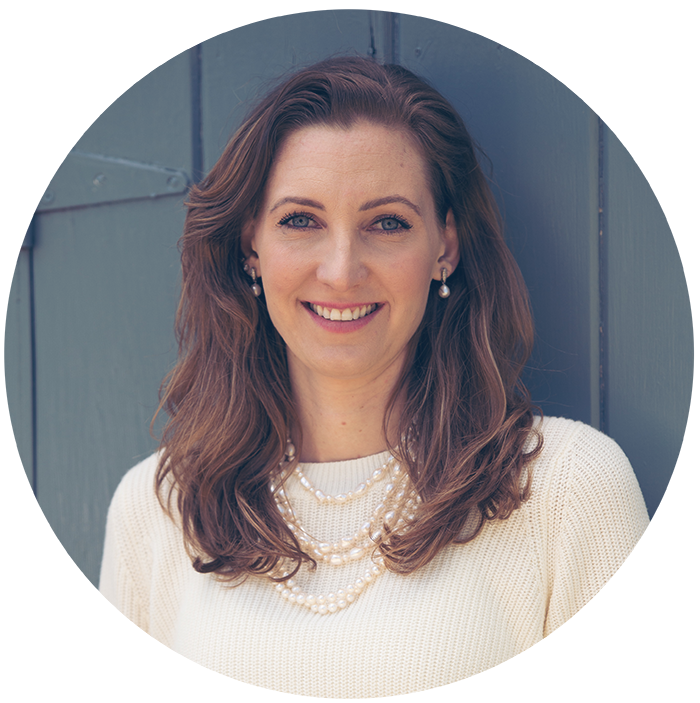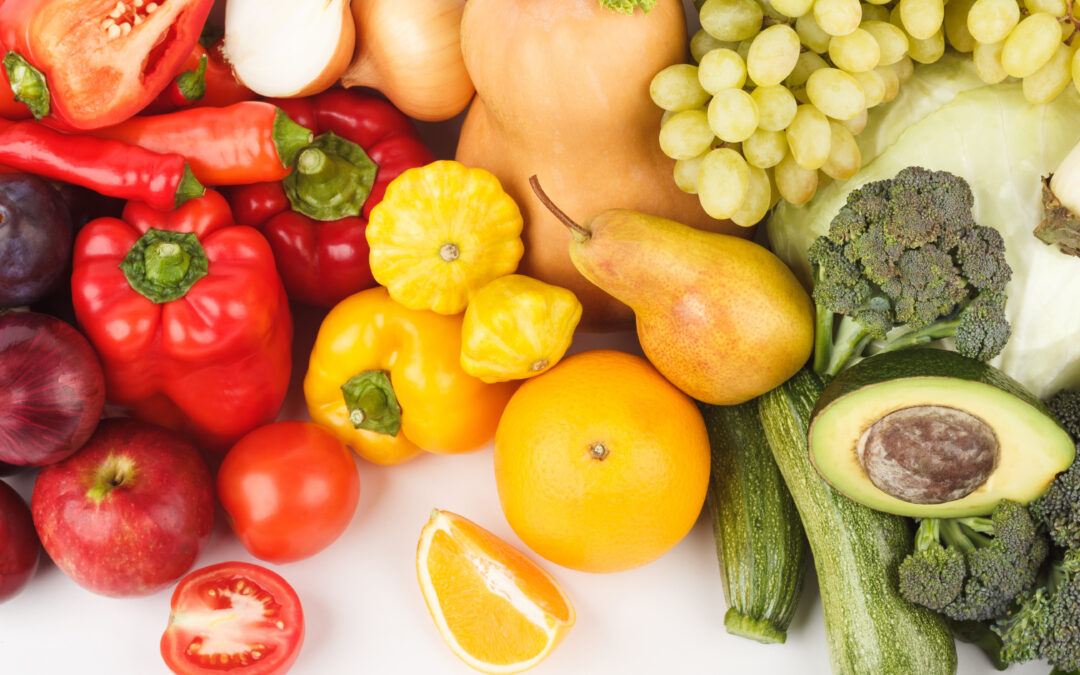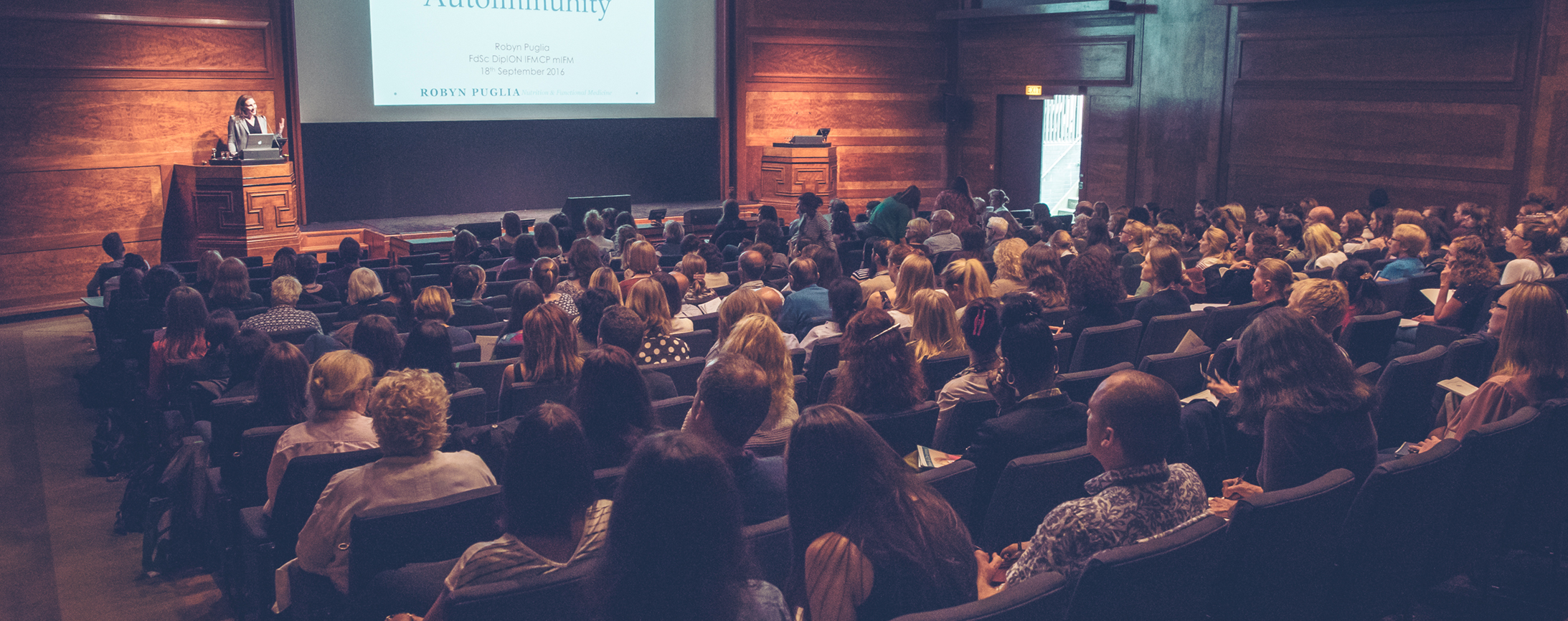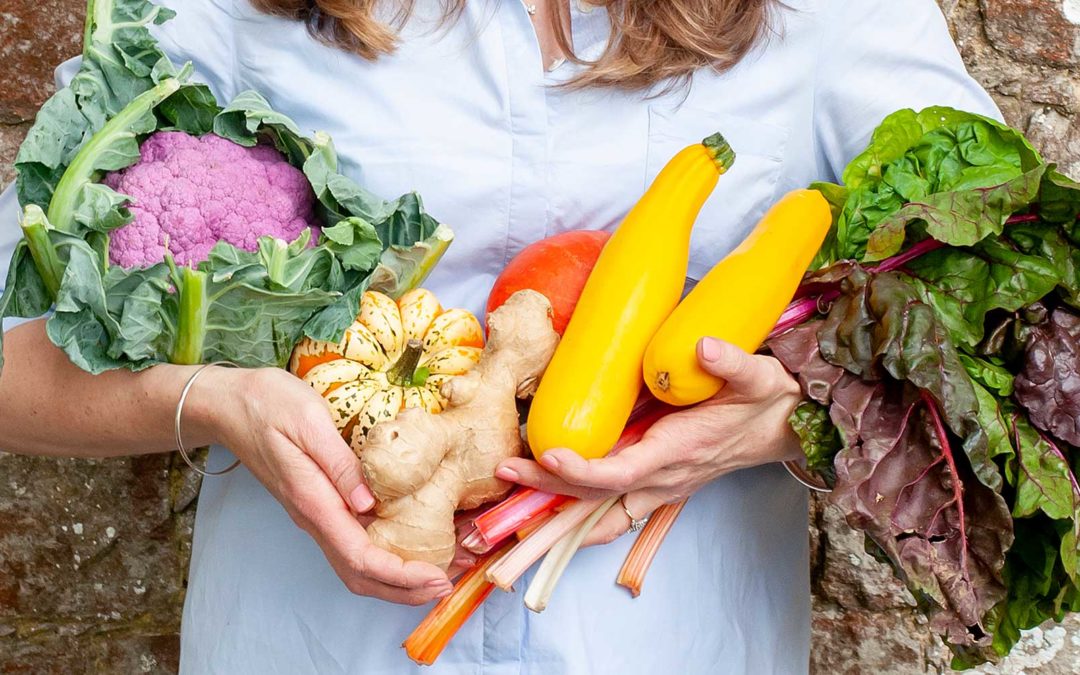Thanks to the rise of health gurus in the media and across social networks, it’s likely you may have seen articles describing detoxification as poppycock. These articles tend to end with the punchline that our bodies detoxify just fine all by themselves, and that all green juice does is make expensive urine!
So, what’s the truth? Is ‘detox’ just a buzzword to sell useless pills and relaxing mudwraps?
Detoxification: Meaning
Truthfully, I cringe a little when using the word detox, precisely because of the overuse and misuse of it in the media. But medically speaking, detoxification is a very important function in your body. The correct medical name for detoxification is biotransformation and elimination – which immediately sounds less catchy. The term refers to how your body processes natural bodily byproducts before removing them, or deals with waste from external sources that your body needs to expel.
For example, when your red blood cells reach the end of their lives, or when your hormones are finished doing their job, they become waste, and are filtered into the liver – where detoxification begins – so they can be eliminated from the body.
Another fantastic example of detoxification in your body is triggered by the food you eat. Food is one of the biggest external sources of toxins that your body has to contend with. When you metabolise protein, the process makes ammonia, which is pretty toxic! Fortunately, you have great biochemical mechanisms in place to rapidly break the ammonia down, processing it so it’s not harmful.
But we’ve been eating toxins in food and processing old red blood cells for millenia! In the last few decades, what’s changed is our rate of exposure to environmental toxins – we’re now subjected to more than ever before.
Toxic Burden
You come into contact with new toxins every day: through plastics, cookware, packaging, flame retardants in furniture, household products, cosmetics, water supply, food, and more. For the most part, depending on where you live, there is little-to-no regulation on the number of chemicals that are introduced. (Europe on the whole has stricter legislation than the USA, but that doesn’t mean they have a handle on chemical control.)
As time goes by, with the introduction of more and more wonderful products, we’ve begun to notice the effects of these chemicals on our bodies – even though they are not always immediately apparent. Unfortunately, it can take chemicals years, or even generations for their effects to be fully recognised and chemicals are not studied for second and third generation exposure before they are approved!
The number of toxins you come into contact with everyday is called your total body toxic burden, and it builds on the concept of toxin exposure working on cumulative effect. Unfortunately, it’s not a case of counting the individual toxin exposures, as, in the world of toxins, 1+1 does not equal 2. Often 1+1 can equal 10, or even 100! Basically, a combination of different toxins can increase the action and damage of each other, speeding up the process in your body. Scary, right? Unfortunately, chemicals are rarely safety tested together – but even if they were, results would still vary as you already have a unique combination of chemicals in your body.
So the uncomfortable reality is that your modern life is pretty toxic. You’re exposed every day to hundreds of compounds in your environment – on top of the toxins from food and the by-products of your basic metabolic processes. Biotransformation and elimination – detoxification – is a very important job for your body!
Let’s look at the process more closely.
5 Ways Your Body Detoxifies
Your body uses five major pathways for detoxification:
- Liver – There are two phases of liver detox, where your liver changes fat-soluble toxins into water-soluble toxins, ready to be flushed out of your body. Phase I needs plenty of B vitamins and glutathione. Phase II requires plenty of magnesium, B vitamins, amino acids, and glutathione.
- Kidneys – Your kidneys are responsible for managing your body’s pH, regulating your electrolyte balance, and detoxification – acting as a filtration system. Once filtered, your body disposes of the toxins through your urine.
- Skin – Sweating isn’t a process purely for cooling down – your body excretes toxins through your sweat.
- Digestion – As eating food is one of the main exposures to toxins for your body, your gastrointestinal tract is a major detox pathway. You need to make sure your gut is running smoothly during any detoxification protocols. For example, constipation and using binders to detox is never an ideal combination, as it means the toxins build up in your body.
- Lungs – When you exhale, you breathe out gaseous waste. You don’t just exhale carbon dioxide, but nitrogen, and many toxins too.
For your body to ‘take out the trash’ properly, these pathways need to run smoothly.
So this is how your doctor thinks about detoxification – and medically speaking, when something goes wrong with one of these pathways, it’s potentially life-threatening. If your liver or kidneys shut down, toxins can build up so rapidly that you can die. And acute exposure to high levels of a toxin is classed as poisoning, which makes you extremely ill quickly, and can often cause great harm, often death.
But there’s a big difference between an acute, life-threatening exposure to a toxin like lead, and a smaller exposure – which has a negative impact on how your body works, but by itself wouldn’t usually cause a noticeable illness.
There’s also a huge difference between liver or kidney failure, and poor function of these organs. A lot of western medicine approaches tend to see these conditions in a black and white way. You have a disease – or you don’t. If you don’t have a disease, you’re well. So if your liver isn’t failing, it’s working fine and there’s no problem with your detoxification processes.
If you’ve ever been told your test results are fine, and there’s nothing wrong with you despite your symptoms, you may appreciate that I look at your health and test results with an understanding of the shades of grey.
Sources of Toxins
Toxins can enter your body through ingestion of food and beverages, the air you breathe, and skin contact where the toxins are absorbed. Alcohol and tobacco are largely made up of toxins – too many to mention here – but you can read my article on autoimmunity and alcohol here for more details.
Food may contain the following:
- Naturally occurring toxins such as lectins in legumes, oxalates produced by most plants, moulds, phytates, and trans fatty acids.
- Man-made toxins like pesticides, artificial hormones, and heavy metals.
Environmental toxins include but aren’t restricted to:
- Endocrine disrupting chemicals (EDCs)
- Volatile organic compounds (VOCs)
- Mould
- Dust mites
- Perchloroethylene (PERC)
- Chlorine
While your body is able to process many of these safely, a combination of several toxins, particularly those introduced by man, can impair your detoxification processes.
5 Factors That Impair Detoxification
Several factors can make the process of detoxification harder within your body.
Detoxification can be more difficult when:
- Your body contains more toxins than you can handle.
- The digestive system isn’t running smoothly, meaning your gut is unable to properly rid itself of necessary waste products.
- Nutrients are depleted, meaning metabolic pathways necessary for detoxification aren’t supported.
- Levels of detoxifying elements are low. These elements include antioxidants, conjugating agents, and co-factors.
- Detoxifying enzymes aren’t functioning properly, which prevents your body from successfully metabolizing toxins.
But rest easy – all of these situations can be improved, with the right tools and knowledge.
If you’re concerned about your toxic burden, or if you would like my help getting back on track with your health, check out my program The Foundations of Health where I walk you through finding the foods that work for your individual body, addressing issues in the gut, changing your daily lifestyle habits to support health and of course….. supporting detoxification. To change the way you relate to your health, sign up today!
My clinical team and I are here to help you. We’ll work with you to help YOU to take charge of your health in a truly individualised way.
Click here to book a call with me.
And if you’d like to stay up to date with my new blogs, recipes and recommendations: Sign up for my newsletter!
In part two of this series, I’ll explore toxin sensitivity, and the fascinating way toxins affect autoimmune disease.

